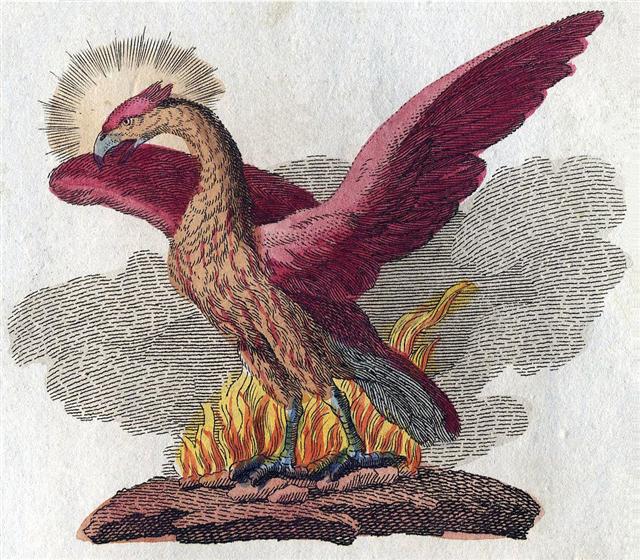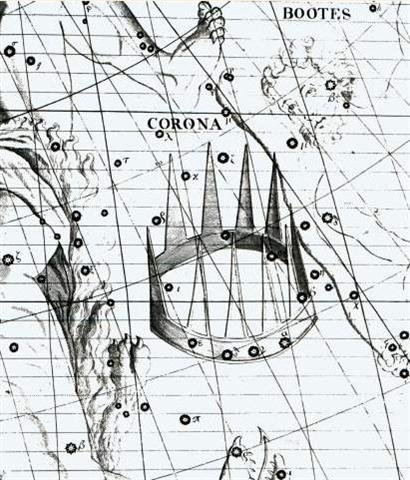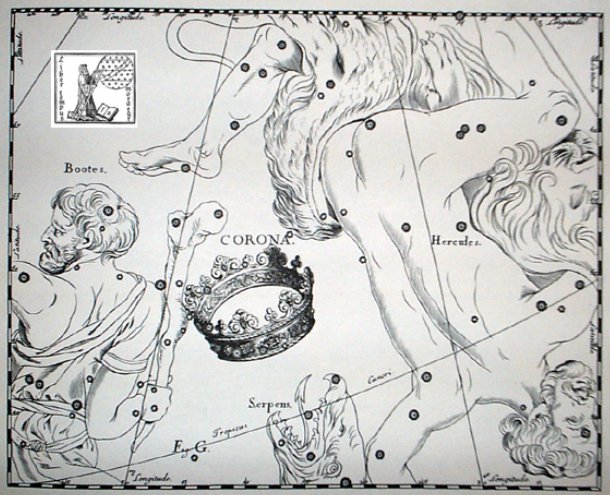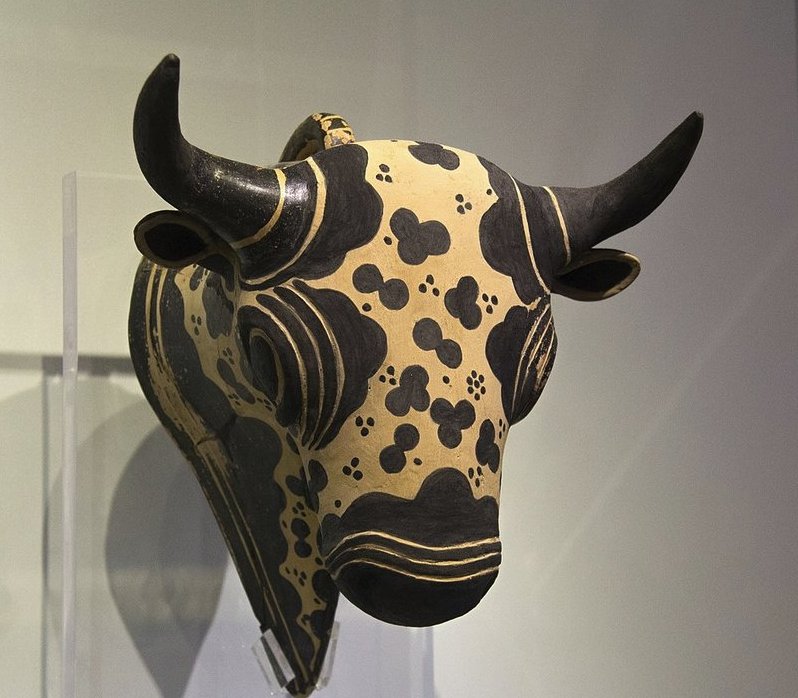|
THE D
TABLET
It is hardly a coincidence that we can find a figure - my glyph type manu - close to the end of side b on the C text which looks much like that in Db6-4:
The manu kake (climbing bird) in Db6-9 is 5 days later than manu at heliacal Alcyone, whereas manu kake in line Cb14 is 1 day before manu at heliacal Ankaa.
And we can also count the distance from manu in the D text to that in the C text:
The glyphs are similar but not identical. I.e. they carry the same idea. The beginning at the Foundation Stone (Alcyone) is in day 1 after Tau-ono (the 6 immortal sisters) - and the beginning at March 26 is in day 1 after the Julian equinox. The design agreed upon seems to have been to allocate 314 (→ π) days from heliacal Alcyone to heliacal Ankaa (α Phoenicis, *5.0).
And there were also *314 right ascension nights from κ Cor. Borealis (*239.9) to γ Com. Berenicis (*188.0). *188 + *366 - *314 = *240.
Then we have the problem of Rogo (Lono): ... The correspondence between the winter solstice and the kali'i rite of the Makahiki is arrived at as follows: ideally, the second ceremony of 'breaking the coconut', when the priests assemble at the temple to spot the rising of the Pleiades, coincides with the full moon (Hua tapu) of the twelfth lunar month (Welehu). In the latter eighteenth century, the Pleiades appear at sunset on 18 November. Ten days later (28 November), the Lono effigy sets off on its circuit, which lasts twenty-three days, thus bringing the god back for the climactic battle with the king on 21 December, the solstice (= Hawaiian 16 Makali'i). The correspondence is 'ideal' and only rarely achieved, since it depends on the coincidence of the full moon and the crepuscular rising of the Pleiades ... Now it is easy. We have only to count 10 days (glyphs) from haati depicted in Db6-3 (the first of the pair of days at the Pleiades) to find Db6-13, the last glyph on side b of the tablet:
|

















